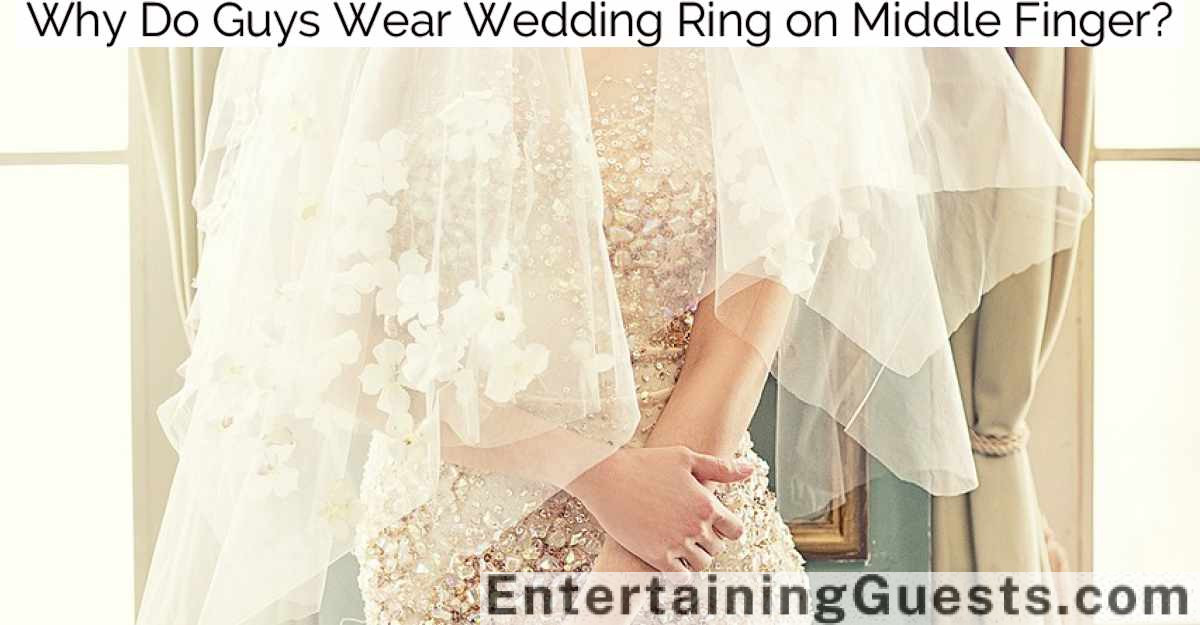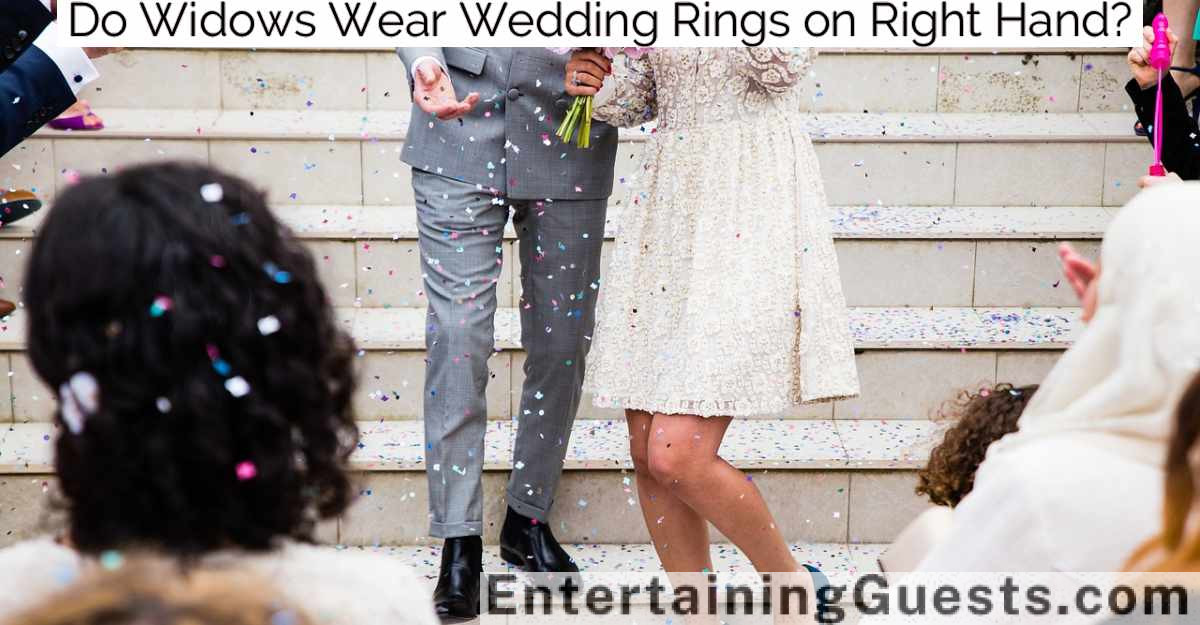Wedding invitations often include two envelopes due to traditions rooted in practicality and formal etiquette. The outer envelope serves as a durable shield against physical and environmental damage during postal transit, ensuring the invitation remains pristine upon arrival. It’s crafted from high-quality materials, featuring reinforced seams and strong adhesives for enhanced protection. Meanwhile, the inner envelope carries a more personal touch, addressed solely with the recipients’ names, which accentuates the exclusive and intimate nature of the event. This meticulous dual-envelope system not only preserves the invitation’s condition but also sets a respectful and ceremonious tone for the upcoming wedding. By exploring further, one can uncover additional insights into this enduring tradition.
Key Takeaways
- Dual envelopes protect the inner envelope from damage and postal markings during transit.
- The outer envelope enhances durability and shields against environmental factors like rain and dirt.
- Using two envelopes maintains the formal presentation and solemnity of the invitation.
- The inner envelope is addressed with only the recipients’ names, emphasizing intimacy and respect.
- This tradition reflects historical practices of honoring guests through a meticulous and personal invitation process.
Historical Origins of Dual Envelopes
The tradition of using two envelopes for wedding invitations began in the early 19th century to protect the inner envelope and its contents from damage during delivery. Initially, the outer envelope, often crafted from sturdy material, served a purely functional role. It shielded the elegant, often ornately decorated inner envelope from the smudges and tears associated with postal handling. The inner envelope, free from postal markings or blemishes, held the actual invitation.
This dual-envelope system quickly evolved into a symbol of refinement and meticulous attention to detail, characteristics highly prized in societal functions at the time. The outer envelope bore the brunt of physical transit, while the pristine inner envelope conveyed the sanctity and importance of the invitation enclosed within.
Moreover, the use of two envelopes allowed for a clear distinction between the outer, more public layer of communication and the inner, more personal and direct message to the invitee. This distinction emphasized the personal nature of the invitation, suggesting that the event wasn’t merely a public obligation but a personal interaction between the host and the guest.
In this way, the practice highlighted the exclusiveness and intimacy of the occasion, reinforcing social hierarchies and etiquette of the period.
Protection During Transit
The use of two envelopes in wedding invitations plays an essential role in ensuring the protection of the invitation during transit.
The outer envelope enhances the durability of the package, effectively shielding the inner contents from environmental factors such as moisture and dirt.
Additionally, this configuration helps maintain the presentation integrity of the invitation, ensuring it arrives in pristine condition to elicit a positive first impression.
Envelope Durability Enhancement
Enhancing envelope durability guarantees that wedding invitations arrive in pristine condition, safeguarded against the rigors of postal handling. This practice involves selecting high-quality materials that withstand the mechanical processes used in mail sorting and delivery systems. The outer envelope, typically made from thicker and more robust paper stock, serves as the primary barrier against physical stressors such as bending, tearing, or crushing.
The choice of paper plays a vital role in envelope durability. Heavier cardstocks, often measured in grams per square meter (gsm), provide greater resistance to damage. These materials not only offer structural integrity but also impart a sense of luxury and importance to the invitation package.
Additionally, the construction of the envelope itself features precise and reinforced seams. These are designed to guarantee that the edges remain intact and the contents are securely contained throughout their journey.
Furthermore, the adhesives used for sealing the envelopes are selected for their strength and longevity. They must maintain a firm bond despite variations in temperature and humidity encountered during transit. This consideration prevents the envelope from accidentally opening, which could compromise the invitation’s condition before reaching its intended recipient.
Shielding From Environmental Factors
Wedding invitations often require additional protection from environmental factors during transit to guarantee they arrive in flawless condition. The outer envelope serves as a shield against potential hazards that could compromise the invitation’s integrity.
Exposure to rain, dirt, and other contaminants is greatly reduced when an extra layer of protection is present. This practice guarantees that the delicate materials, often used in high-quality invitations, are safeguarded from moisture and physical damage that can occur during shipping or handling.
The choice of materials for these envelopes is also critical. Typically, the outer envelope is crafted from a sturdier stock than the inner one, providing a robust barrier against external forces. This selection is intentional, optimizing the envelope to withstand the rigors of postal systems and manual sorting processes.
The additional thickness and quality of the paper help resist tears and punctures that could expose the inner contents to the elements. Moreover, the sealing technique employed is designed to prevent the intrusion of small particles or water droplets.
A secure seal guarantees that even if the outer envelope is compromised, the inner envelope and the invitation itself remain untouched by the outside environment. This meticulous approach to mailing preserves the pristine condition of the wedding invitation until it reaches its final recipient.
Maintaining Presentation Integrity
Maintaining the presentation integrity of wedding invitations during transit not only involves robust envelope materials but also necessitates careful handling and packaging techniques. To guarantee that invitations arrive in pristine condition, it’s essential to adopt a layered approach, combining both physical protection and aesthetic consideration. The double-envelope system plays a significant role here, with the outer envelope acting as a shield against potential damage and the inner envelope preserving the invitation’s immaculate appearance.
Here’s a detailed breakdown of the elements important for protecting wedding invitations during transit:
| Aspect | Function | Importance |
|---|---|---|
| Outer Envelope | Shields from dirt, moisture, and wear | Critical |
| Inner Envelope | Keeps the invitation clean and secure | Essential |
| Card Stock Quality | Prevents bending and creases | Highly important |
| Sealing Method | Protects against unauthorized opening | vital |
| Addressing Style | Guarantees proper handling by carriers | Necessary |
Etiquette and Tradition
In the domain of wedding invitations, the use of two envelopes is steeped in historical significance, a tradition aimed at ensuring the pristine condition of the invitation upon its delivery.
The outer envelope serves as a protective layer, shielding the more delicate inner envelope from potential damage during transit.
This practice underscores the importance of formal presentation in conveying respect and honor to the invited guests.
Historical Significance Explained
The tradition of using two envelopes for wedding invitations originated centuries ago as a means to protect the inner envelope and its contents from damage during delivery.
Beyond mere practicality, this practice quickly adopted a deeper social significance within the framework of upper-class etiquette. Historically, the outer envelope, bearing the brunt of travel, was discarded upon arrival, with only the pristine inner envelope presented to the household. This conveyed not only respect and honor to the recipients but also underscored the importance of the event itself.
In aristocratic circles, the dual envelope system also served as a marker of class distinction. The meticulous attention to such details was a privilege that underscored one’s social standing and the exclusivity of one’s social circles. Invitations were often hand-delivered by footmen, with the outer envelope acting as a safeguard against the soot and grime of the streets, which were prevalent in those times.
Thus, the use of two envelopes has been deeply embedded in wedding tradition, symbolizing both the safeguarding of important messages and the observance of a high societal standard. This practice isn’t just about protection; it’s a nod to a rich history of social decorum and distinction.
Protecting the Inner Envelope
Ensuring the inner envelope’s protection, traditional etiquette dictates that it should remain unmarked and pristine, reflecting the solemnity and significance of the occasion. This layer safeguards the invitation from any smudges, marks, or damage incurred during the mailing process. The outer envelope bears the brunt of this journey, accumulating the postal markings and wear, thereby preserving the inner envelope’s impeccable condition.
In addition to its protective role, the inner envelope serves a personal function. It’s typically addressed only with the recipients’ names, without titles or addresses, signifying a closer, more intimate form of communication. This custom highlights the respect and personal attention given to each invited guest or family unit.
Handling of the inner envelope also adheres to strict etiquette rules. Only those whose names are written on the inner envelope are considered invited, emphasizing the importance of accuracy and attention to detail in the guest list formulation.
This meticulous practice underscores the care and thoughtfulness that hosts extend towards their guests, ensuring that each recipient feels uniquely acknowledged and valued. Therefore, the dual-envelope system not only protects the physical invitation but also upholds the traditional values of honor and respect pivotal to such a significant life event.
Formal Presentation Importance
While adhering to formal presentation standards, wedding invitations encapsulate the essence of etiquette and tradition, meticulously reflecting the event’s solemnity. The dual-envelope system isn’t merely a relic from the past; it’s a contemporary nod to the formality and seriousness of the occasion. In maintaining this tradition, hosts communicate to their guests the importance and exclusivity of the event, setting a tone of respect and anticipation from the moment the invitation is received.
The visual impact of receiving two envelopes adds a layer of anticipation and reverence for the contents within. It’s not just an invitation; it’s a ceremonial request for one’s presence at a monumental life event.
The practice of using two envelopes serves several purposes in the domain of formal presentation:
-
Visual Elegance: The outer envelope, with its calligraphy and stamps, creates the first impression, while the inner envelope, often more delicately crafted, cradles the actual invitation.
-
Personal Touch: The inner envelope typically bears the invitees’ names, adding a personal and intimate touch, making each guest feel uniquely invited.
-
Ceremonial Revelation: The process of opening the outer envelope to reveal another encapsulates a mini ceremony of its own, heightening the overall experience of being invited.
Thus, the two-envelope system, steeped in tradition, enriches the invitation experience, underscoring its importance and the formal nature of the event it heralds.
Revealing the Inner Envelope
Upon opening the outer envelope, guests will discover the inner envelope, which traditionally bears their names with formal calligraphy. This meticulous presentation serves not just as a layer of protection but also as a mark of respect and personalization. The names are typically rendered with precision, emphasizing the importance of each invitee in the context of the event. The use of such careful handwriting or customized printing showcases the host’s dedication to detail and the significance of the occasion.
The inner envelope, often crafted from superior quality paper, provides a glimpse into the event’s sophistication. It plays an essential role in maintaining the pristine condition of the invitation card itself, safeguarding it from any smudges or tears that might occur during handling or transit. This layer guarantees that the invitation remains as impeccable as its first printing when it reaches the hands of the guests.
Moreover, the inner envelope might contain additional elements, such as RSVP cards or instructions for the event, organized neatly within. This compartmentalization aids in keeping all components of the invitation ensemble neatly arranged, consequently preventing any possible damage to the primary invitation during removal or handling.
Enhancing Presentation and Experience
The meticulous attention to detail in the inner envelope sets the stage for enhancing the overall presentation and experience of the wedding invitation. When guests receive an invitation enclosed within two envelopes, they’re immediately aware that they’re part of a very special event. This layered approach not only protects the invitation inside but also builds anticipation as the recipient carefully opens the first to reveal the second, more personalized envelope.
Consider these elements that the dual-envelope system introduces:
-
Tactile Delight: The feel of high-quality paper between the fingers as each envelope is opened adds a sensory pleasure to the experience.
-
Visual Appeal: Elegant fonts and possibly a wax seal on the inner envelope create a visually appealing prelude to the invitation itself.
-
Personal Touch: Often, the inner envelope bears the invitee’s name handwritten in beautiful calligraphy, emphasizing the personal invitation and exclusivity of the event.
Each of these components plays a vital role in setting the tone for a wedding, signaling that every detail is thoughtfully considered. Such sophistication in presentation elevates the significance of the occasion, ensuring that the invitation itself is a memorable part of the wedding celebration.
Practical Uses in Modern Times
Despite their traditional origins, dual-envelope wedding invitations serve several practical purposes in contemporary settings. The outer envelope protects the inner envelope and its contents from damage during the mailing process. This is particularly important when invitations include delicate embellishments or are made from premium materials that could be easily marred by postal handling. The pristine condition of the inner envelope guarantees the invitation arrives as an impeccable representation of the event’s significance.
Furthermore, the outer envelope typically bears the brunt of postal markings and stamps. This keeps the inner envelope clean, allowing it to carry only the recipient’s name and address in elegant, unmarred script. This separation upholds a sense of formality and exclusivity as the invitation is delivered into the hands of each invitee.
The dual-envelope system also enhances privacy. It obscures the details of the enclosed invitation from casual observers, making sure that only the intended recipients gain immediate insight into the specifics of the upcoming wedding. This feature is especially valued in an era where privacy concerns are at the forefront of individuals’ minds.
As a result, the use of two envelopes in wedding invitations remains a relevant and valued tradition in modern ceremonial practices.
Cultural Variations in Invitations
Wedding invitations vary widely across cultures, reflecting unique traditions and societal norms. Each culture infuses its invitations with distinctive elements that signify the importance and uniqueness of the occasion.
In India, for example, wedding invitations are often elaborate, incorporating vibrant colors and religious symbols to guarantee that they stand out as a proof of the event’s significance. Guests might receive a box filled with sweets alongside the invitation, symbolizing sweetness and prosperity.
In contrast, Japanese wedding invitations are typically understated and elegant. The focus is often on the quality and texture of the paper, often handcrafted washi, which conveys a deep respect for the guests and the solemnity of the occasion. The invitations usually feature minimalistic design and calligraphy that reflect the aesthetic sensibilities of the culture. The addition of a carefully tied ribbon can signify the binding together of the couple.
European invitations might lean towards a more classical approach, often featuring intricate scripts and traditional motifs such as fleur-de-lis or embossed coats of arms, symbolizing heritage and familial pride. Wax seals are often used to enhance the formality and historical depth of the invitation.
These elements not only adorn but also communicate essential cultural values through the very medium of the wedding invitation.
Frequently Asked Questions
What Are Eco-Friendly Alternatives to Double Envelope Wedding Invitations?
Eco-friendly alternatives to traditional wedding invitations include using single recycled paper envelopes, digital invites, or seed paper that guests can plant. These options reduce waste and promote sustainability in event planning.
Can Digital Invitations Use a Double Envelope Format?
Digital invitations can’t use a double envelope format, as they’re virtual. However, designers mimic this tradition by adding visual layers or frames to the invitation’s design to evoke a classic, layered look.
How Do Double Envelopes Affect Postage Costs?
Double envelopes typically increase postage costs because they add weight and thickness. The outer envelope also requires additional handling, which can contribute to higher mailing expenses for formal events like weddings.
Are Double Envelopes Necessary for Small, Informal Weddings?
For small, informal weddings, double envelopes aren’t necessary. They’re traditionally used for extra protection and formality, which may not align with a casual event’s vibe, reducing both costs and preparation complexities.
What Are Unique Materials Used for Creative Double Envelopes?
Creative double envelopes utilize materials like vellum, textured linen, or recycled paper. Others incorporate pressed flowers or metallic foils, enhancing the invitation’s uniqueness and tactile experience for recipients.
Conclusion
Ultimately, the tradition of using two envelopes for wedding invitations is deeply rooted in history, primarily serving to protect the inner message during transit and conveying respect through meticulous presentation.
Today, this practice not only upholds etiquette but also enhances the recipient’s experience, marking the significance of the occasion.
As customs evolve, the double envelope remains a cherished detail in many cultures, symbolizing both the solemnity and celebration inherent in such momentous events.




